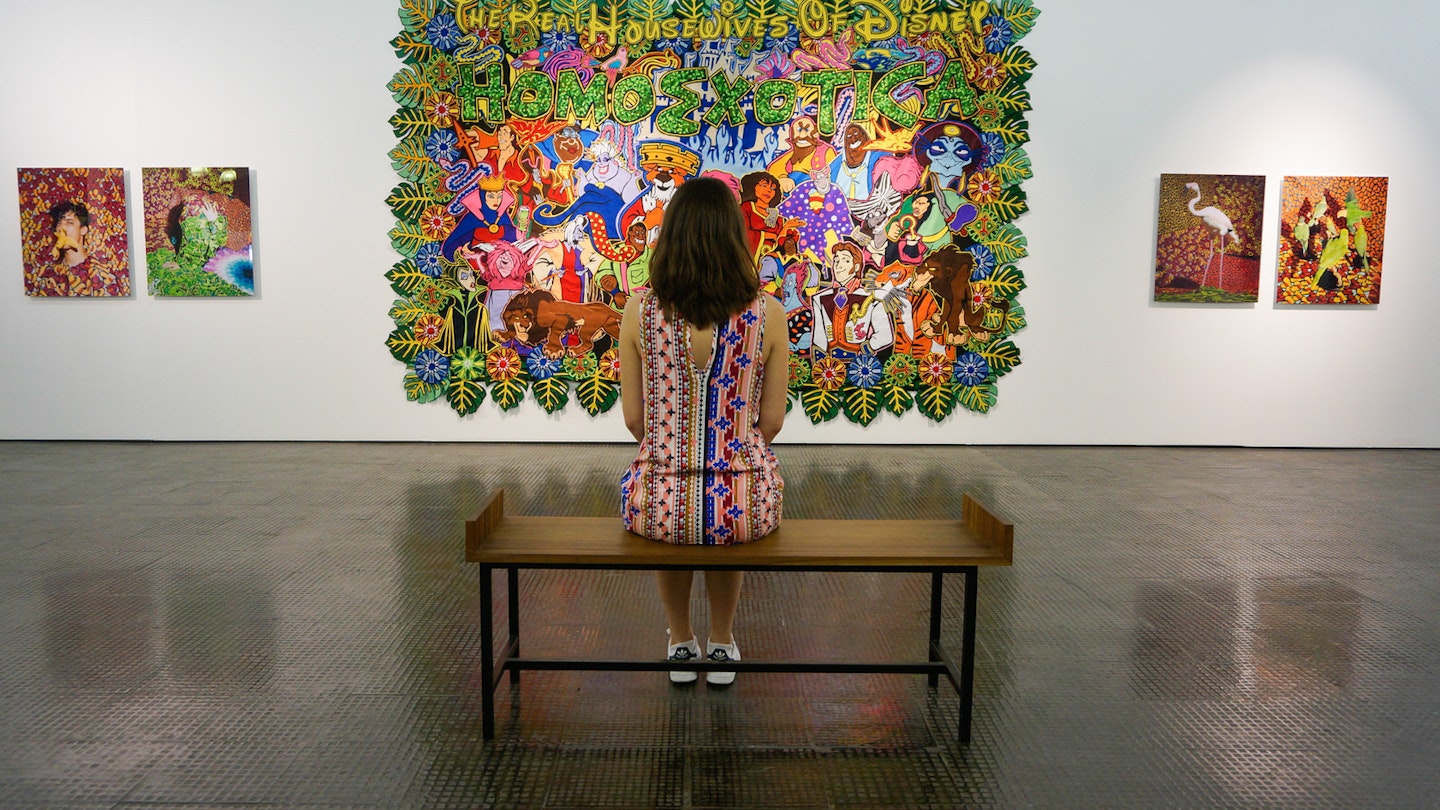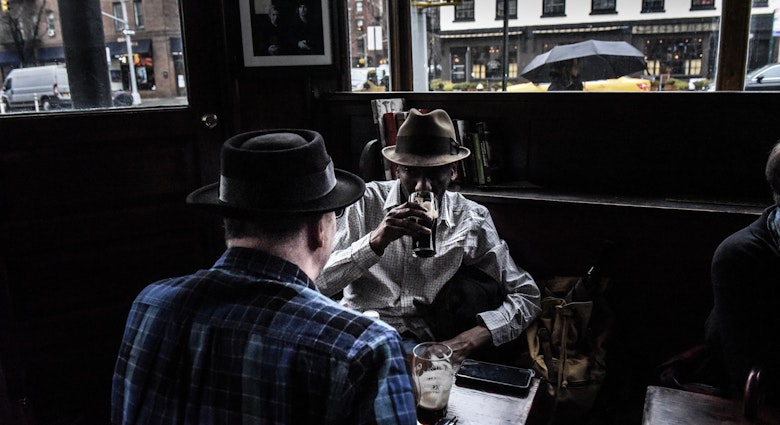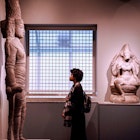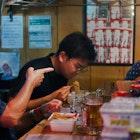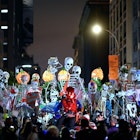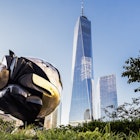Table Mountain, white-sand beaches, rich history and cosmopolitan culture and cuisine have long lured people to visit Cape Town, but today the Mother City's African art scene is proving to have pulling power.
And it's not just the new Zeitz Museum of Contemporary Art Africa – the continent's largest museum opening in over a century – but also an exciting (and ever growing) number of pioneering art institutions that is impressing art lovers.

Zeitz Museum of Contemporary Art Africa (Zeitz MOCAA)
With 22 official landmarks on site, as well as abundant opportunities for shopping and entertainment, Cape Town's stunning 123-hectare V&A Waterfront was already one of the most visited tourist sites in South Africa. But since September 2017 it has a new star – the 100,000-square-foot Zeitz Museum of Contemporary Art Africa – an attraction that has made the city an arts hub worthy of international acclaim.
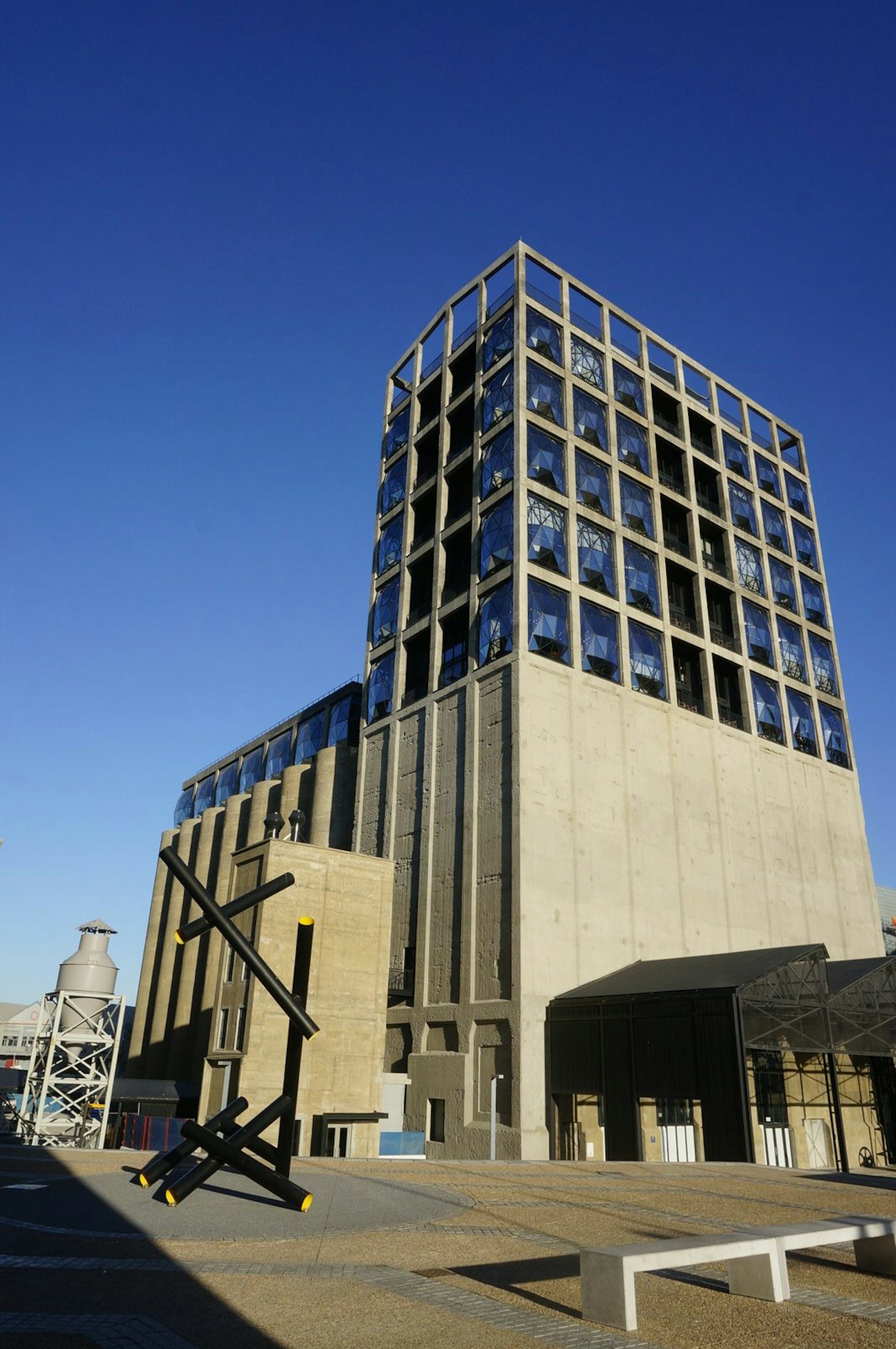
Envisioned to rival the likes of Tate Modern in London and MoMA in New York City, The Zeitz MOCAA breaks down age-old Eurocentric barriers by putting African art centre stage and having it tell its own story. More than one hundred galleries are spread over nine floors, filling the cutting-edge space and its cathedral-like atrium, carved at an angle from the silos’ cellular structure of 42 tubes. The project was opened as a not-for-profit partnership between the V&A Waterfront (the main funder in rebuilding the silo) and entrepreneur Jochen Zeitz. It's the latter's exciting personal collection that forms the museum’s founding artworks, and these pieces will be on loan for 20 years as the MOCAA builds its own collection.

Works from local South African artists to those from all over the African continent and beyond are on display. Notable works include pieces from Angola, Kenya, Madagascar, Malawi, eSwatini (Swaziland), Togo and Zimbabwe. Hailing from Nairobi, Cyrus Kabiru stuns with his futuristic-meets-steam-punk portraits MACHO NNE. Touching on the social injustice that resulted from Apartheid, William Kentridge’s drawings, prints, animated films and theatre productions invite reflection. Through a different perspective, Thania Peterson tackles the identity of those once referred to as the ‘Cape Malay’ or ‘Cape Coloured,’ drawing from her own Indonesian heritage. Exploring visions of utopia and topics such as sexuality, African culture and the status of queerness post-Apartheid, Athi-Patra Ruga uses allegory to parody the past 200 years of colonialism and its devastating effects.
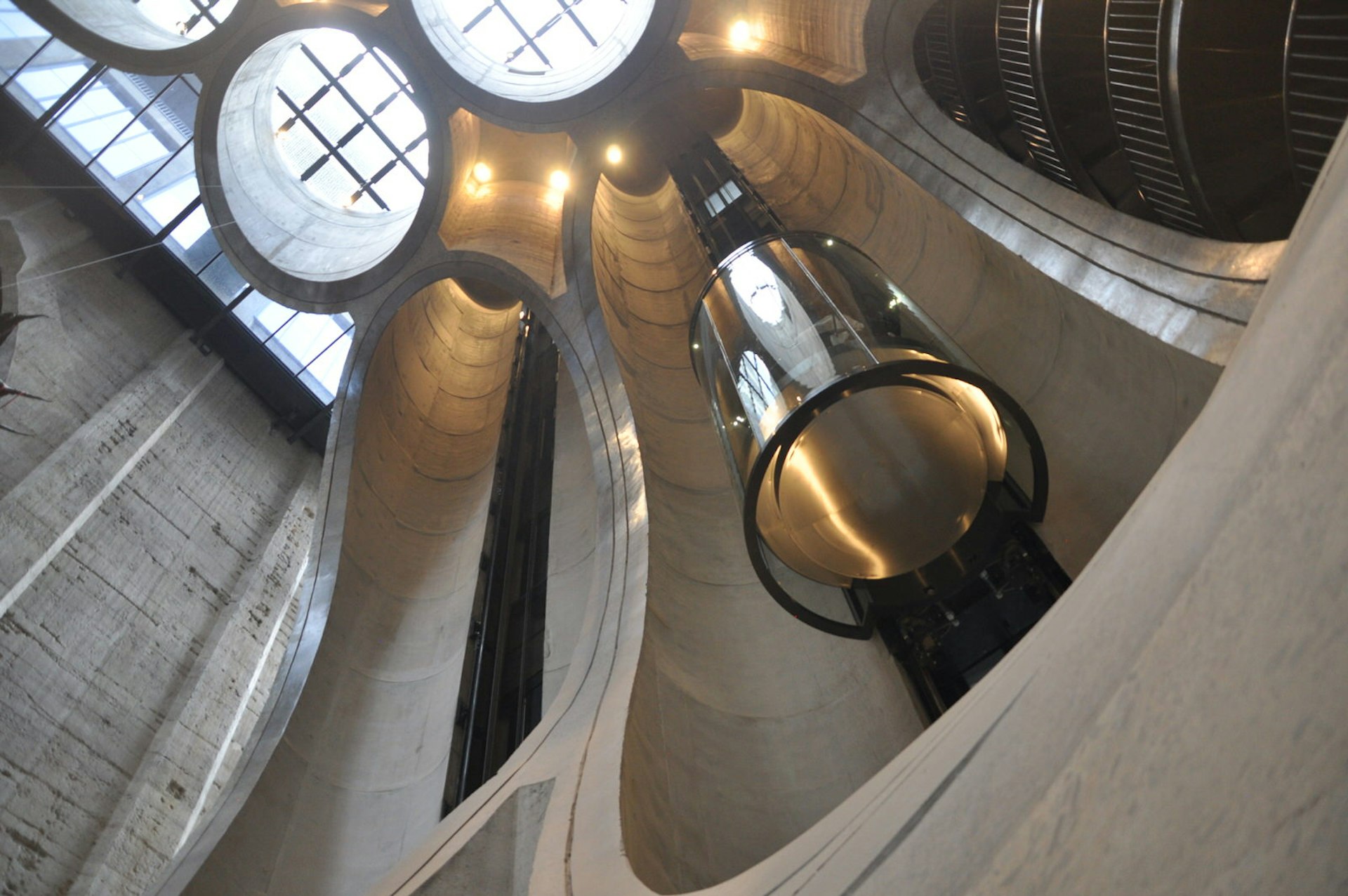
But MOCAA is more than a museum with impressive modern art to observe and interpret – visiting the building is an experience in itself, with both historical and modern attributes to explore and enjoy. The silo complex played a key role in southern Africa's economy, with farmers from all over the region sending their harvests to the busy harbour by freight train; some of these tracks have been restored and are visible underneath the zig-zagging black awning by the museum's entrance. The spiral staircase is an artwork in its own right, and it offers a spectacular vantage point to view the museum. The free architectural audio tour explains how its steel structure was prefabricated externally in three separate pieces before being flown in and lowered from the sky through the open roof.
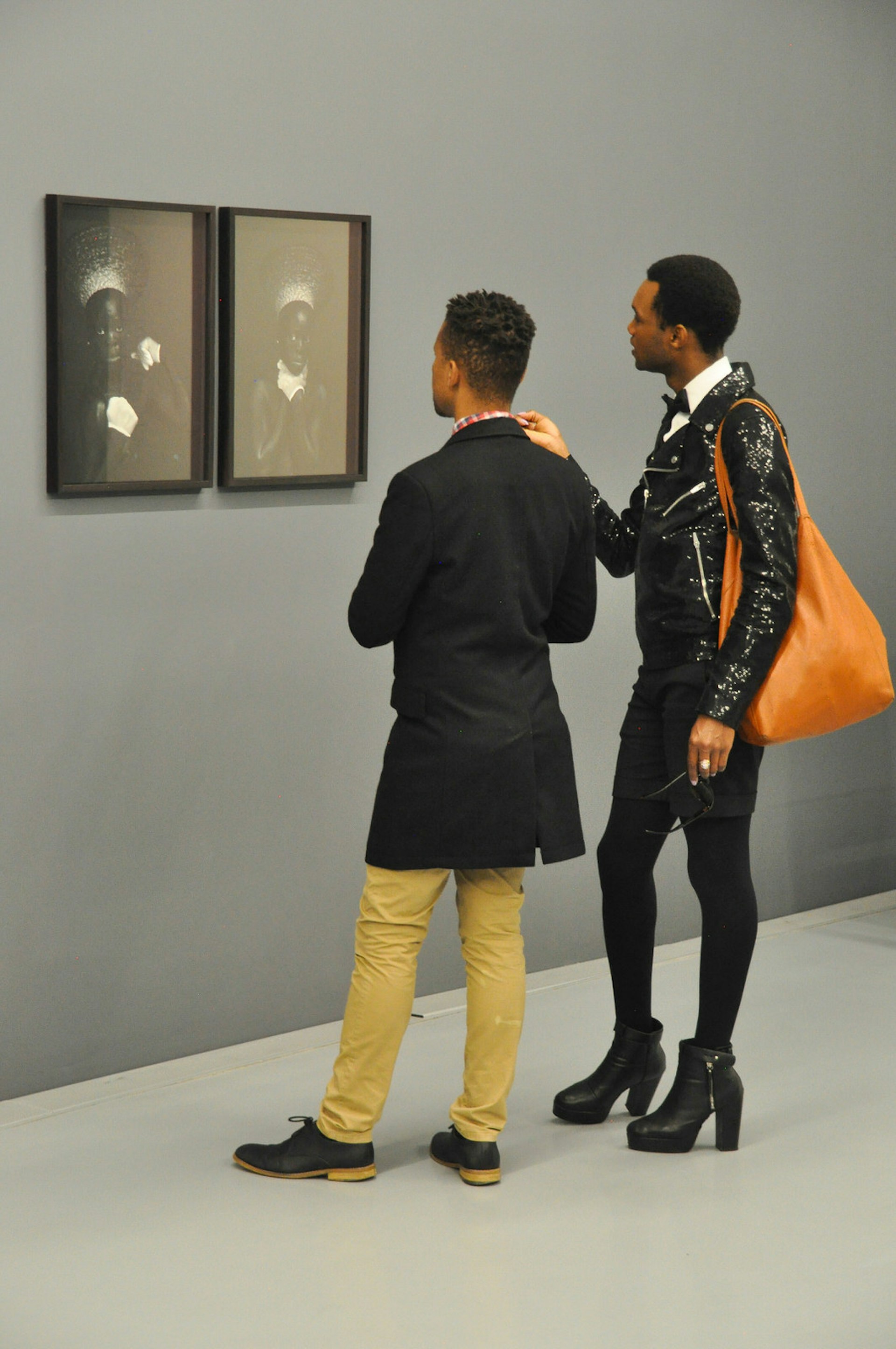
The job of transforming this decaying industrial building into into a trailblazing temple of African art fell to famed London-based architect Thomas Heatherwick. From the exterior, some of his most evident work is the installation of dramatic, 58-panel geodesic windows, which flood the museum's onsite hotel with light.
Woodstock’s eclectic African art scene
Once the nucleus for Cape Town’s coloured and black community, a few blocks away from the infamous District Six, Woodstock has risen from its tormented past under Apartheid into a flourishing quarter ripe with foodie hangouts, craft breweries and industrial nirvana. Rapid gentrification and entire streets dedicated to modern art set a new tone, a bohemian vibe that now permeates the diversity of Woodstock. Today, it's a hub of creativity where renowned galleries with artists-in-residence coexist alongside family businesses open for generations. Its streets are popping with bright colours and larger-than-life murals.
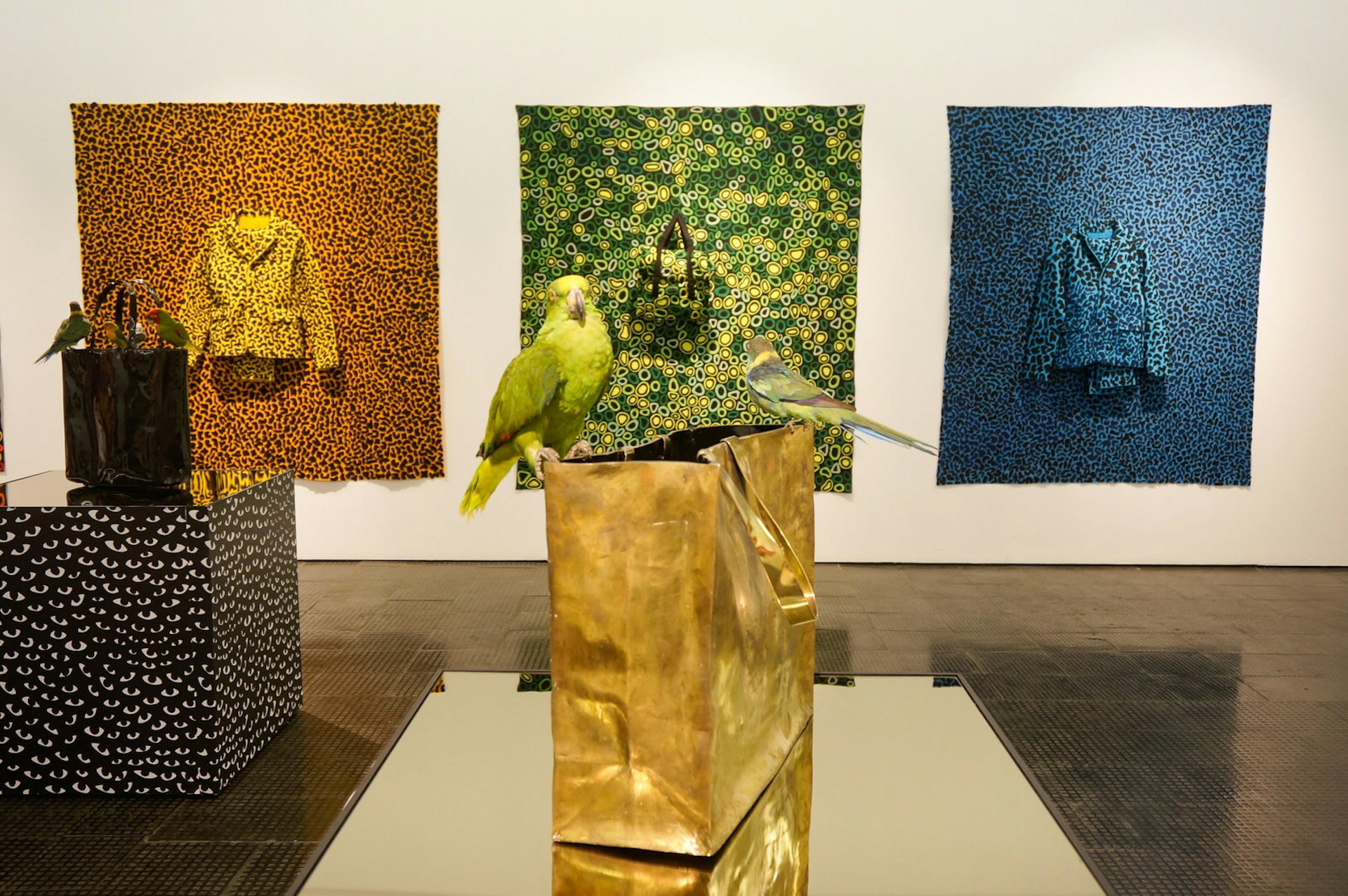
Established in 1966, Goodman Gallery Cape is one of the most respected contemporary art galleries in South Africa and the world. Founded during Apartheid, Goodman functioned on the concept of offering a non-discriminatory space in a time when most artists had little to no freedom of speech. This approach continues today in promoting both established and emerging artists, with an added three-tiered global outlook; to work with southern Africa’s artists, those from the greater African continent and international artists facing similar social and political challenges.
Also in the area is the Stevenson Gallery, which displays leading contemporary art in both solo and group exhibits from not only South Africa, but from across Africa and its diaspora. It also hosts expansive locations elsewhere in Cape Town and Johannesburg. Inside the Palms, a vibrant lifestyle market whose stunning atrium gathers locals for gourmet foods, beautiful crafts, décor and live music, SMAC Gallery is a perfect addition. Riveting artists such as Jody Paulsen have been exhibited, whose eye-popping felt artwork inspired by popular culture is also on display inside the Silo Hotel at the Zeitz MOCAA.
Besides the big-name galleries, for a different type of experience head opposite the Old Biscuit Mill to Bright Studios art gallery. Its 'Paint. Draw. Eat. Bake. Think. Learn. Talk. Workshop. Freelance. Start a business. Lose yourself and find yourself at the same time' motto says it all. In an expansive loft with views to Table Mountain, the art gallery also works as an art school, where anyone can try their own luck as an artist or book a course.
A new pioneer at Norval Foundation
To further staple its status as an art capital, Cape Town welcomed a brand-new art museum run by the Norval Foundation on 28 April 2018. Located in the suburb of Steenberg, the museum houses one of the biggest private art collections in the country. Built on a former sensitive wetland, it also raises environmental awareness by the preservation of the land it’s on. The modern, seemingly floating roof provides solar energy inside, and allows natural light into the atrium, which leads to the purpose-built exhibition spaces. Sweeping views of the wetland are ever present, including picturesque views to Table Mountain and the Constantia Winelands.

The foundation's museum is also the custodian of the Gerard Sekoto Foundation, which honours the legendary South African artist who stalwartly promoted black South African art. Other notable works on view here include pieces from the Edoardo Villa Estate Collection and the Alexis Preller Archive.
On the premise of making art accessible to all, the new arts centre here focuses on 20th- and 21st-century artworks. The complex's Sculpture Garden is a stunning feature, with installations by South African artists and the rest of the continent. Intersected by a protected Cape lowland freshwater wetland, the site features indigenous flora along with futuristic sculptures, also visible from the inside.

